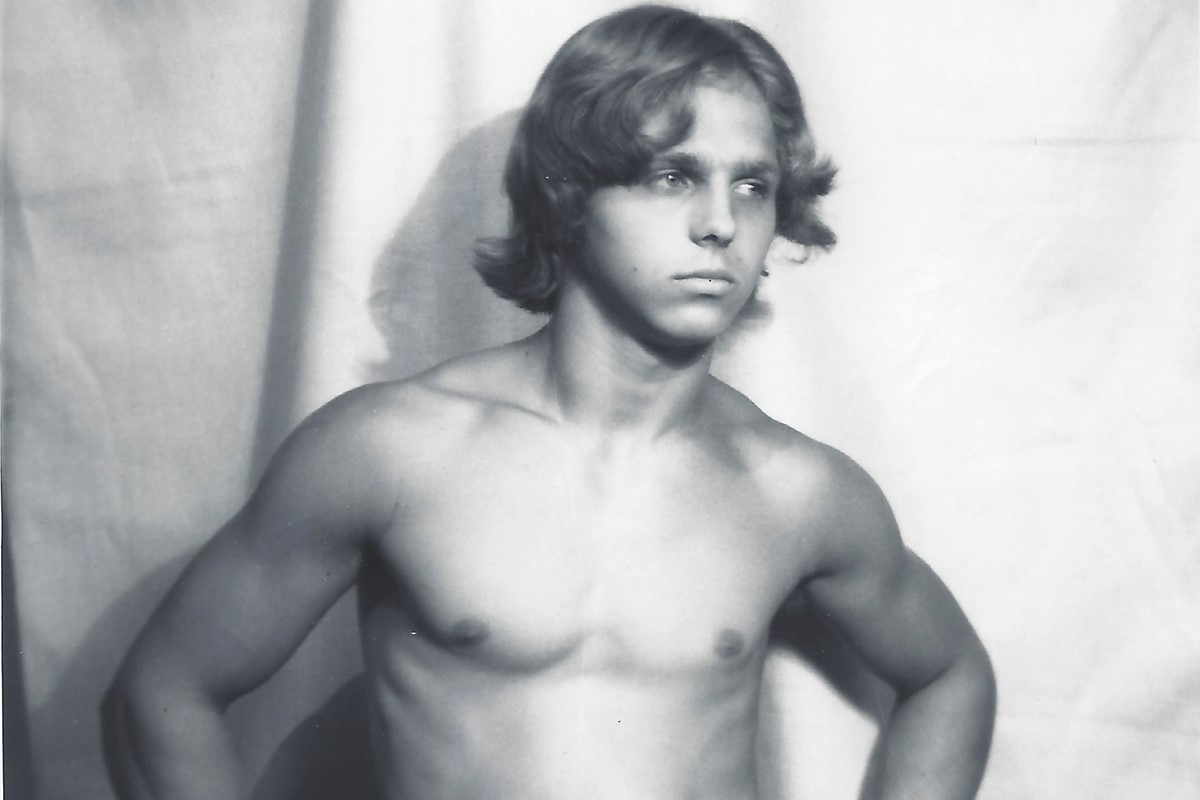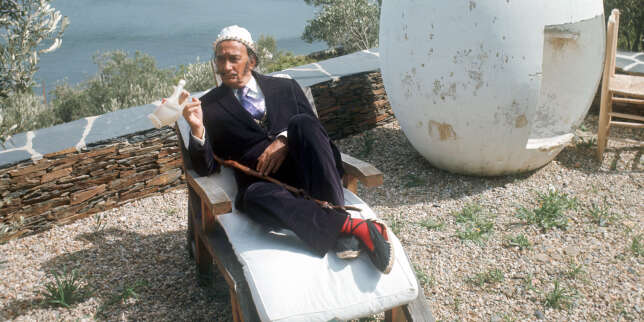Erased Faces
2015 - Drawing & Print (Drawing & Print)
29.7 x 35.9 cm each
Birender Kumar Yadav
Birender Kumar Yadav comes from Dhanbad, India, a city built on its proximity of iron ore and coal and once forested and inhabited by Indigenous people who compose the Gondwana. The forests were felled and immigrants from northern Bihar and South India were brought to exploit the mineral resources. The Indigenous people were then dispersed to live nomadically, engaging themselves as seasonal workers in farms and industries. These itinerant workers frequently move from one work camp to another, and lack basic identity documents to prove their existence. They come from the fringes of the state and neighboring regions that were once covered in forests, which have since been denuded through mining over the last century.. Indian modernism is often linked to the construction industry as an engine that would lift the country from the repressive societal conditions of caste and poverty. But the very industry on which this political utopia is based is entrenched in exploitation. While studying fine arts in Benaras to become a blacksmith like his father in the Dhanbad coalfields, Yadav encountered people from his hometown, albeit trafficked to work in brick kilns, recognizing them from the creole language they used to communicate with immigrant families such as Yadav’s. Yadav then changed his focus from blacksmithing to documenting the activities of the brick kilns and labor trafficking. Yadav found that Indigenous tribes from Dhanbad were being exploited by gangs that would gather them in groups and make them work in kilns, where bricks were produced by burning charcoal. Yadav began this project in 2015 when the Indian government started taking retina and biometric scans to create a unique identification number and card for citizens. The brick workers were left out of this identification process as they did not hold addresses, and their bondage was profitable to an industry sustained and subsidized by their lack of rights. For Erased Faces Yadav asked the workers to stamp their thumbprints onto passport-sized portraits. A thumbprint is a facsimile of identity in India, a country where 287 million illiterate people form a marginalized demography with regard to caste, livelihood, nutrition, health, and representation. The thumbprint serves as a signature for people unable to read the documents they consent to and sign. Yadav’s project uncovers the popular culture and living stories of the migrants, as a form of personal history writing of the subaltern lives that are often forgotten in India’s decolonial presence.
Birender Kumar Yadav is a multi-disciplinary artist who experiments with various media including painting, sculpture, photography, installation, etching, found and man-made objects, as well as live documentary. Influenced by his early experiences as the son of a blacksmith working in a coal mine, Yadav’s work often draws attention to issues of class hierarchies. Using gunpowder extracted from matchsticks as his primary medium, Yadav explores the complexities of class and identity while performing a commentary on power structures extant in contemporary socio-political structures. Yadav’s work further reflects on the complexity of language, labor, and migration as conceptual constructs in the personal stories that he has inhabited and encountered.
Colors:
Other related works, blended automatically
» see more

© » KADIST
Birender Kumar Yadav
2016Birender Kumar Yadav comes from Dhanbad, India, a city built on its proximity of iron ore and coal and once forested and inhabited by Indigenous people who compose the Gondwana...
Related works sharing similar palette
» see more

© » ANOTHER
The West Hollywood Artist Who Immortalised LA’s Golden Boys | AnOther A new exhibition in New York showcases the work of Kenneth Kendall, an artist who sculpted James Dean, Marlon Brando and more in the bohemian atmosphere of late 20th-century Los Angeles February 06, 2024 Text Miss Rosen Back in the 1950s, Hollywood’s fabled Melrose Avenue was still a sleepy street home to cabinetmakers and print shops catering to the local community...

© » KADIST
Guadalupe Rosales
202290022 (Leonard Ave) by Guadalupe Rosales engages with memory, loss, grief, and nostalgia; themes that run throughout the artist’s practice...

© » LE MONDE
Dans « Daaaaaalí ! », les inventions cinématographiques de Quentin Dupieux dignes du peintre surréaliste Cet article vous est offert Pour lire gratuitement cet article réservé aux abonnés, connectez-vous Se connecter Vous n'êtes pas inscrit sur Le Monde ? Inscrivez-vous gratuitement Article réservé aux abonnés Le peintre Salvador Dali (1904-1989), sur le toit de sa maison, à Cadaqués (Espagne), en septembre 1968...
Other works by: » Birender Kumar Yadav
» see more

© » KADIST
Birender Kumar Yadav
2016Birender Kumar Yadav comes from Dhanbad, India, a city built on its proximity of iron ore and coal and once forested and inhabited by Indigenous people who compose the Gondwana...
Related works found in the same semantic group
» see more

© » KADIST
Julian Abraham
2019In 2015, while in residence at the Jatiwangi Art Factory (JaF) located in the village of Jatisura in Jatiwangi, West Java, Indonesia, Togar initiated the Jatiwangi Cup in which the artist, together with communities in the area, established an annual bodybuilding contest...

© » KADIST
Julian Abraham
2019In 2015, while in residence at the Jatiwangi Art Factory (JaF) located in the village of Jatisura in Jatiwangi, West Java, Indonesia, Togar initiated the Jatiwangi Cup in which the artist, together with communities in the area, established an annual bodybuilding contest...



